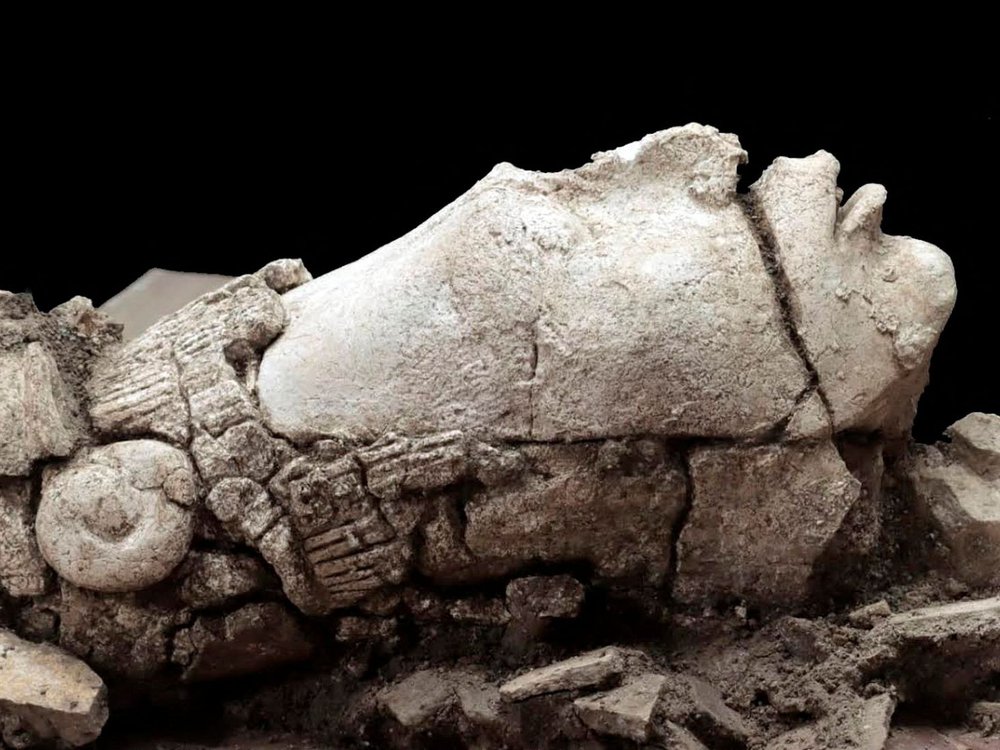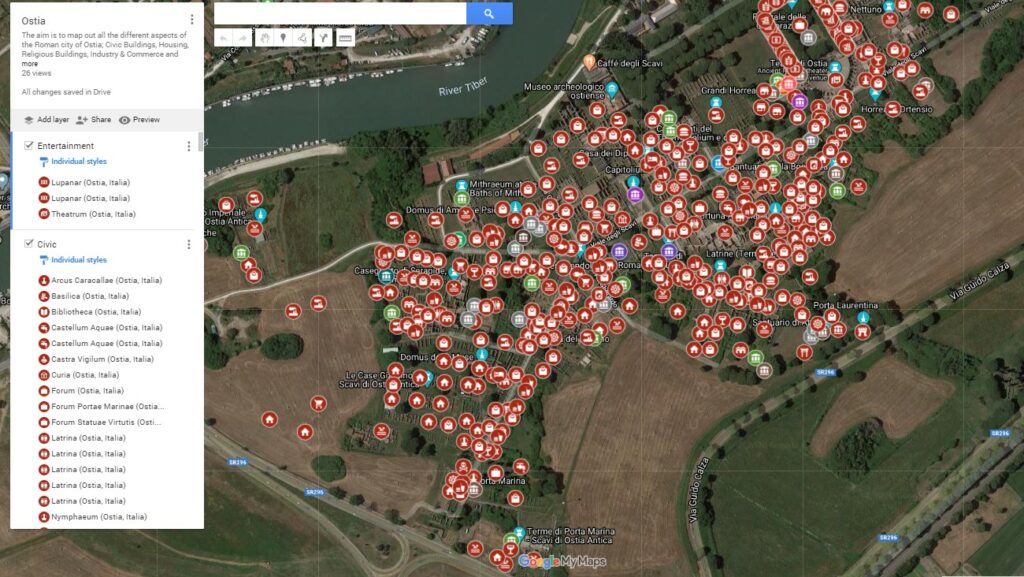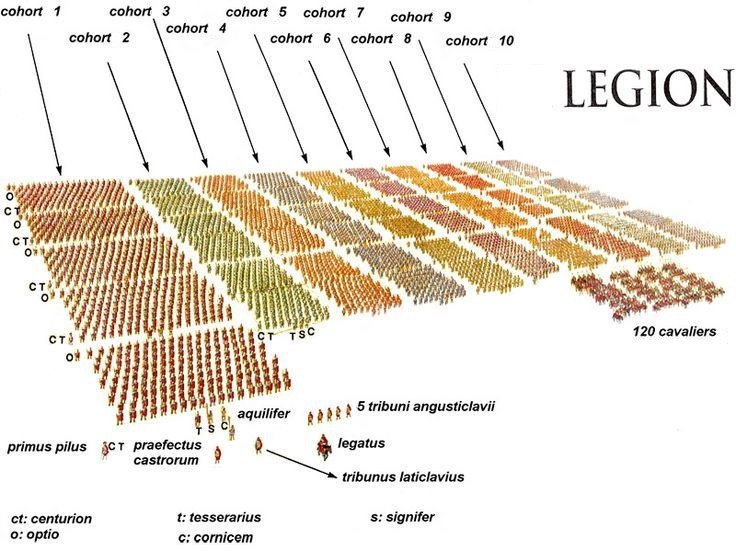Welcome to a new issue of the Journal of Runic Studies, the premier Malkioni publication for studies into the nature of Glorantha. If you haven’t subscribed yet, please consult with the spirit bound to the appropriate electronic page.
There isn’t much this week (especially in the way of annotation) because I was away or otherwise busy all week-end. Don’t forget however that you can send “guest segments” to us and we’ll be happy to run them in the newsletter!
Chaosium News

Here are this week’s Chaosium news!
30% Off Chaosium Merch
By the time this newsletter is released, you’ll have only about two days left to enjoy 30% off from Chaosium’s Redbubble store. Time to get that William Church map dress, or that apron with the Walktapus cooking recipe! And if that’s not your style, don’t worry, there’s a lot of other less silly things, like cult affiliation t-shirts and Rune mugs.
White Bull Campaign S03E08
Jeff’s campaign continues, and he doesn’t lead his players to the nicest places in Glorantha…
Jonstown Compendium

The Jonstown Compendium is Chaosium’s community content program for all Gloranthan games, hosted on DriveThruRPG. Disclaimer: all the relevant links are affiliate links that hopefully will let us cover some of the hosting and maintenance costs for the website and podcast! Thanks for using them!
There’s nothing new on the Jonstown Compendium this week, but I’d like to highlight how nice it is that Chaosium supports its community creators by releasing regular blog posts promoting recent community releases. You can read the latest one here.
Jeff’s Notes

Jeff Richard, the current mastermind on everything Gloranthan at Chaosium, is often posting notes and thoughts on the RuneQuest Facebook group. Here’s our curated list from the past week. A partial archive of these sources is compiled on the Well of Daliath.
As mentioned in the introduction, there’s only a few links this week since I had no time last week to do any research or writing on this:
- The Lunar Army in the Early Hero Wars: The number of soldiers in the Lunar Empire’s armies takes a big hit between 1621 and 1625. Here are all the numbers.
- History of the Provincial Overseer: One of the fun things about the Lunar Empire is all the bureaucracy!
- Satrapies and Dart Competitions: This note starts with the Red Emperor’s rules on his Provinces and their leaders, but continues with a short history of the Eel-ariash family and their Oronin satrapy. A follow-up note looks at the Sylila satrapy’s history. And another note adds a couple points on Dart Competitions in general.
- The Haunted Pass: Jeff talks about the early versions of Dragon Pass from Greg’s notes, back when it was called… Haunted Pass.

- Tides Around the Choralinthor Bay: This note on the tides of Choralinthor Bay revealed something I wasn’t aware of until now: if you have a knowledgeable local guide, you can sail through the Left or Right Arms of the Holy Country (depending on the tides indeed). Otherwise you have to go through the Troll Straights.
- Mesopotamia and Gloranthan Worldbuilding: Jeff is reading some history books and sharing some worldbuilding notes. This is followed by another note about the Lunar Empire’s economy, and a third one about Sartar’s cities and towns. I like how Sartar (the guy, not the country) was a cultural and societal reformist, whereas Argrath is a military and magical reformist.
- Issaries, Lhankor Mhy, and Chalana Arroy: Here’s a look at some of the Lightbringers’ deities. First is Issaries, who is most known as the trade god. There are a few clarifications about why merchants use mules, what Issaries magic is good for, and where Argan Argar fits in the picture. Second is Lhankor Mhy, the “Knowing God” of scribes and other intellectuals. Last is Chalana Arroy, the “Goddess of Mercy”. Both of these deities also get some helpful tips and summaries about what their magic is good for.
- Oakfed: For something different, there’s also a note on Oakfed, the Praxian spirit cult for wildfires.
- Plaines of Prax: Jeff has some photographic references for Prax!
Community Roundup
The community roundup is our highlight of interesting things being mentioned in the Glorantha-related Facebook groups, sub-Reddits, and other similar online places.
A Story About Steve Perrin
Author Seanan McGuire (who also uses a couple other noms-de-plume for her books in non-fantasy genres) has shared this story about Steve Perrin:
The reason I still game today really comes down to a man named Steve Perrin, who sadly passed away recently, who welcomed a weird teenage girl to his table, and let me be silly, and loud, and comfortable.
I found his table because my then-boyfriend, Tom, was one of his players, and Tom’s parents were there too, and so no one thought it was weird that this adult man had a teenage girl in his garage three times a week.
Steve gave me dice. Steve taught me about consent and sharing space and telling a story with my friends. Steve taught me that gaming wasn’t just essential for my mental health, it could be FUN and non-toxic.
Steve is the reason I hold, to this day, that it’s not strange for adults to hold space for teens at their tables. It’s ESSENTIAL. It’s delicate, and you’ll have to be careful with some things–I’m not saying “all games must”–but Steve domesticated me.
Good job, Steve.
Elsewhere on Arachne Solara’s Web
Not everything is about Glorantha, although most things are! Here are loosely relevant things that we found on the interwebs.
Roman Cities and Armies
I already knew that the curiously organized Digital Maps of the Ancient World had some interactive maps of Roman Cities, which you can use as inspiration for Lunar settlements. But I just found out that they also have a page on the Roman Legion, with some useful basics and, more importantly, some cool terms and legion names you can throw around in your games.
The Goddess Kali
The British Museum has commissioned an icon of the Goddess Kali for their “Feminine Power” exhibition. There’s some interesting bits in the short testimony written by the people involved in the work:
Maa (Mother) Kali, is the name that brings back memories of my childhood from the town of Jalpaiguri in India. In my father’s ancestral house, we used to hold Kali-pujo (a worship ritual celebrating the Goddess Kali) with our huge extended family and it was a jubilant and joyous occasion. I saw my grandmother, pious and devoted to the pujo, fasting for two days before offering prayers to Maa Kali. My mother and aunts used to help with the khichuri bhog (food offering). To me, Kali-pujo was an amalgamation of incense, lights and homecoming.

Our Kali, unlike the new one at the British Museum, was blue. I once asked my mother why is Maa Kali black in some places and blue in others? My mother replied, “It is how the creator of the statue wants to portray her that defines her body colour. For some she is the epitome of matri-shakti (maternal strength) – strong but calm like the sky and a kind protector, like a mother who protects her children… for others, her image signifies the destroyer of evils, wild and intense like the ocean. Maa Kali is the power of divine over demon. She is our mother”.
See, even Gloranthans probably ask their elders why Orlanth is sometimes painted blue and sometimes not…
Hun Hunahpu
The Smithsonian blog has an article about the discovery of parts of a 1300 years old Mayan stucco depicting Hun Hunahpu, the Mayan maize god.
“The discovery of the deposit allows us to understand how the ancient Maya of Palenque constantly revived the mythical passage on the birth, death and resurrection of the maize god,” Arnoldo González Cruz, an archaeologist who was part of the find, says in a statement.

The nine-inch-tall head had an east-west orientation that archaeologists believe represents the emergence of the maize plant at dawn, per INAH. They say Palenque’s Maya residents likely placed the large stone sculpture over a pond to symbolize the entrance to the underworld. The sculpture was intended to depict a beheaded figure, echoing other Maya art depicting various headless gods.
I think Ernalda and the grain goddesses have it easy compared to the Mayan gods:
As such, the Maya worshipped Hun Hunahpu, whom they believed was decapitated every fall around harvest time, then reborn the following spring at the start of the new growing season
Maize was not only important as a source of food, it also played a role in the Mayan creation myths, in which humans were created out of corn. There’s more on that here, including the following video:
Thank you for reading
That’s it for this week! Please contact us with any feedback, question, or news item we’ve missed!






